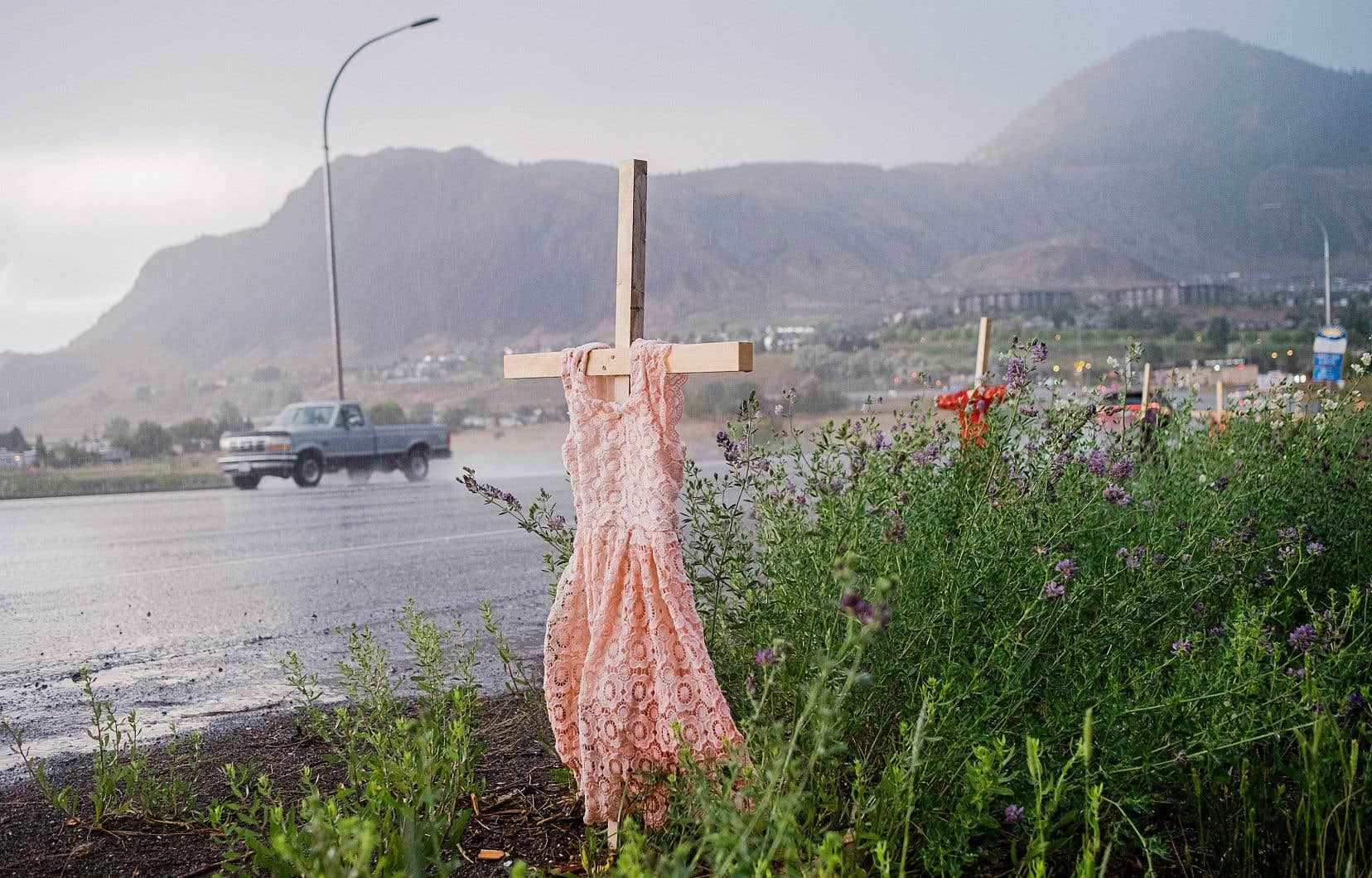A year after the macabre discovery of 215 anonymous graves in Kamloops, no Aboriginal community in Quebec has yet made a request to carry out research on the sites of former residential schools. However, in the west of the country, several communities have already taken steps. Why this difference? Because carrying out this kind of process is a long, very long-term job, attest the experts consulted by The duty.
It is a “titanic task,” sums up Marie-Pierre Bousquet, director of the Native studies program at the Université de Montréal and full professor in the Department of Anthropology. “In most of the boarding schools that have been examined [Kamloops et Marieval]we already knew where the mass graves were, ”she recalls.
Indeed, Tk’emlúps te Secwépemc First Nation Chief Rosanne Casimir said last year that the search for human remains in Kamloops began in the early 2000s.
“It’s much more complicated when you have no idea where [la fosse commune] is found, or even if there is one. All of this has to be prepared with archaeologists, you have to look at the archives and even find them, in some cases,” continues the professor.
Consultations and consultation
However, as well documented as they are, the archives do not necessarily justify the start of research. The members of a community (and in some cases, several communities) must first agree to proceed. “It is normal that these decisions take time. There needs to be discussions so that the elders, the survivors and the communities decide on the direction they want to take. It doesn’t happen immediately, ”says Médérik Sioui, historian specializing in the First Nations.
Disputes on the issue can sometimes arise within the communities themselves, underlines Mathieu Arsenault, assistant professor in the Department of History at the University of Montreal. “Each community goes at its own pace. Not everyone sees things the same way. There are people for whom it is important to do the process and others who prefer to look to the future and move on.
This was particularly the case for research at the former native boarding school in Saint-Marc-de-Figuery, in Abitibi. ” When [la nouvelle du pensionnat de] Kamloops came out, not everyone was in favor of digging. Some said we had to leave them there, ”says Johnny Wylde, coordinator of a group of former residents.
However, he has observed a change in tone over the past year. “When we have meetings with the elders of the boarding school, they want us to dig more and more. At first, the subject was perceived negatively, but now they are more “for” it,” he observes.
Georadar, a first step
But even with community consensus and an idea of the area to be surveyed by georadar, this is still only the first step, clarifies Adrian Burke, archaeologist and full professor in the Department of Anthropology at the University. ‘Montreal university.
The technique, used by archaeologists around the world for decades, does not necessarily confirm the presence of human remains. An analysis of the images captured by the device is then necessary to form a projection of what is buried under the ground. “It’s a very good first step, because it allows us to target and identify places where we might be able to search,” explains Mr. Burke, who is also a member of the Canadian Association of archeology on unmarked graves.
It is then up to community members to decide if they want to dig for more answers. “Once a community decides to verify the anomalies found by georadar, it is sure that it is a big job. At that point, there would surely be other consultations and the whole medico-legal aspect. »
Even in Kamloops, only a small portion of the terrain was surveyed by ground penetrating radar last year. Professor Sarah Beaulieu of the University of the Fraser Valley, who carried out the search for the site last year, said the investigation covered less than one hectare of the roughly 65 hectares to be explored.
The Tk’emlúps te Secwépemc announced that a new series of tests carried out with ground-penetrating radars were to begin last week near the old boarding school and extend over approximately one month.
“There have been almost no excavations in Canada. There were interventions with georadar, but we never put shovels in the ground, in the vast majority of cases. We are still at the preliminary stages of this great process, which, I think, is not only traumatic for the communities, but which is also part of national reconciliation. It’s going to be a long time, ”concludes Mr. Burke.
